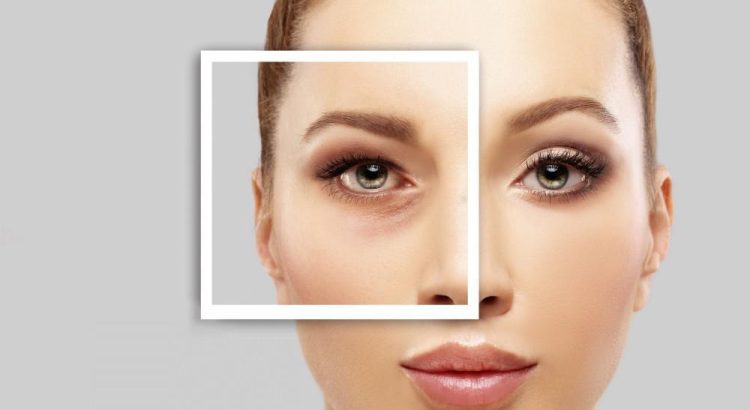Contents;
What Is Blepharoplasty?
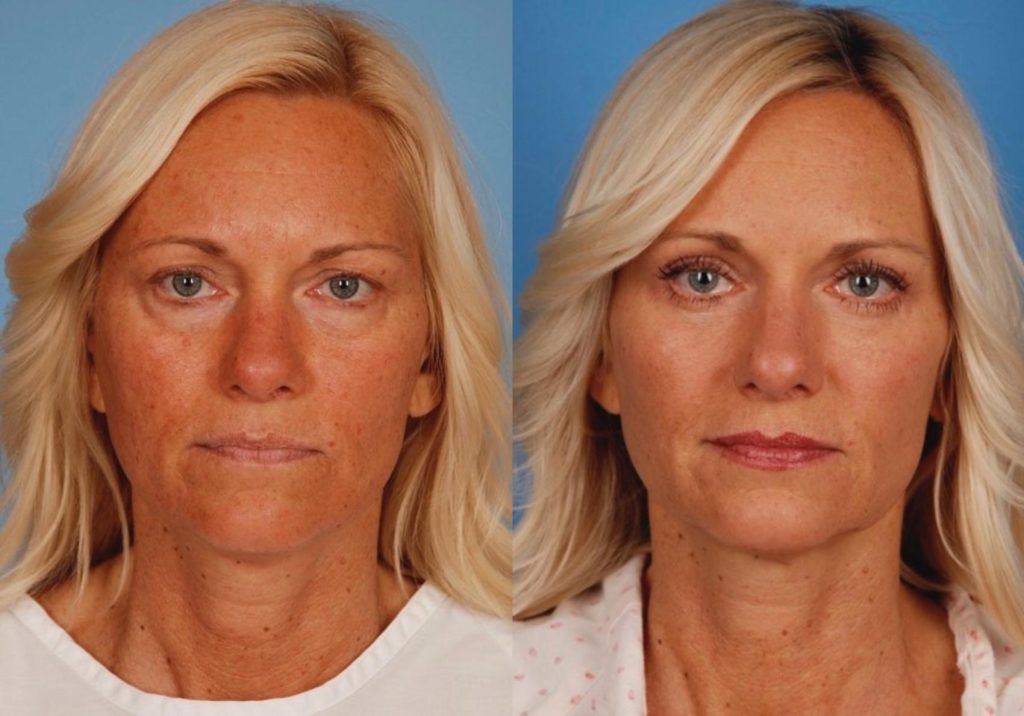
Blepharoplasty is a cosmetic surgical procedure that aims to improve the appearance of the eyelids. It involves the removal of excess skin, fat, and muscle from the upper and lower eyelids, resulting in a more youthful and rejuvenated look. This procedure can be performed on its own or in conjunction with other facial surgeries, such as a facelift or brow lift. Blepharoplasty can address various concerns, such as droopy upper eyelids, under-eye bags, puffiness, and wrinkles around the eyes.
Blepharoplasty is typically performed under local anesthesia with sedation or general anesthesia. The surgeon makes incisions along the natural creases of the eyelids to minimize scarring. For the upper eyelids, excess skin and fatty tissue are removed, and the muscle may be tightened as well. In the case of the lower eyelids, the surgeon may remove or reposition fat to improve puffiness, and excess skin may also be trimmed. Once the necessary adjustments are made, the incisions are carefully closed with sutures.
After undergoing blepharoplasty, patients can expect some swelling, bruising, and discomfort around the eyes. These symptoms are usually temporary and can be managed with pain medication and cold compresses. It is important to follow the surgeon’s aftercare instructions, which may include using lubricating eye drops, avoiding strenuous activities, and wearing dark sunglasses to protect the eyes from sunlight and wind.
Benefits:
| Improved Appearance: | Can significantly enhance the appearance of the eyes by eliminating sagging skin, puffiness, and under-eye bags. |
| Enhanced Vision: | Excess skin on the upper eyelids can obstruct vision, and blepharoplasty can help improve sight by removing this obstruction. |
| Youthful Look: | By reducing the signs of aging around the eyes, blepharoplasty can help patients achieve a more youthful and refreshed facial appearance. |
Common Reasons For Undergoing Blepharoplasty
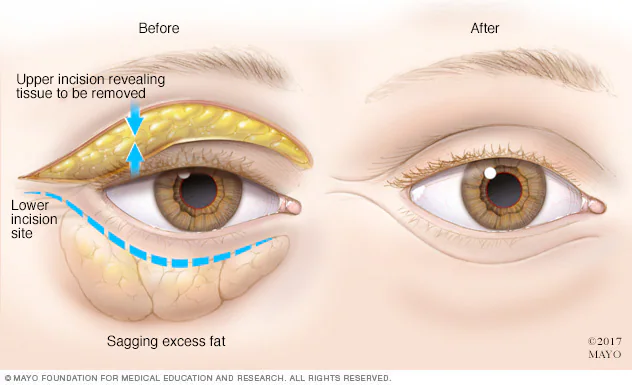
As we age, our skin starts losing its elasticity and becomes less firm. This is especially noticeable in the delicate area around our eyes. The sagging skin, droopy eyelids, and under-eye bags not only make us look tired but can also impair our vision. Blepharoplasty, also known as eyelid surgery, is a common cosmetic procedure sought by many individuals to address these issues and restore a more youthful appearance.
One common reason for undergoing blepharoplasty is to correct droopy eyelids, medically known as ptosis. Ptosis can occur due to the natural aging process, where the levator muscle responsible for elevating the eyelid weakens, causing the eyelid to droop. This condition can obstruct one’s field of vision, making daily activities more challenging. Blepharoplasty can help lift the eyelids, improve vision, and restore a more alert and refreshed appearance.
Another reason individuals choose to undergo blepharoplasty is to eliminate under-eye bags. These bags can develop due to various factors such as genetics, age, or lifestyle habits. They give a tired and aged appearance to the face, even if one is well-rested. Blepharoplasty can remove excess fat and tighten the skin in the lower eyelid area, effectively reducing the prominence of under-eye bags and giving the face a more youthful and rejuvenated look.
In addition to enhancing cosmetic appearance, blepharoplasty is also sought by those who have experienced trauma or injury to the eye area. Accidents, injuries, or even medical conditions can result in the need for eyelid reconstruction. Blepharoplasty can reconstruct the eyelids, restore their functionality, and improve overall eye health.
- Overall, blepharoplasty offers various benefits and addresses several concerns related to the appearance and functionality of the eyelids. Whether it is to correct droopy eyelids, eliminate under-eye bags, or reconstruct the eyelids after an injury, blepharoplasty can greatly improve one’s quality of life and self-confidence.
- Before undergoing blepharoplasty, it is essential to consult with a qualified plastic surgeon who specializes in eyelid surgeries. They will assess your individual situation, discuss your goals, and explain the procedure and its potential risks and complications. With proper preparation, realistic expectations, and post-operative care, a successful blepharoplasty can help you achieve the desired results and restore your youthful appearance.
| Pros of Blepharoplast | Cons of Blepharoplast |
|---|---|
| Restores a more youthful and refreshed look | Requires recovery time |
| Improves vision if obstructed by droopy eyelids | Potential risks and complications |
| Eliminates under-eye bags and sagging skin | Cost of the procedure |
| Can reconstruct the eyelids after trauma or injury | Results may vary |
Different Types Of Blepharoplasty Procedures
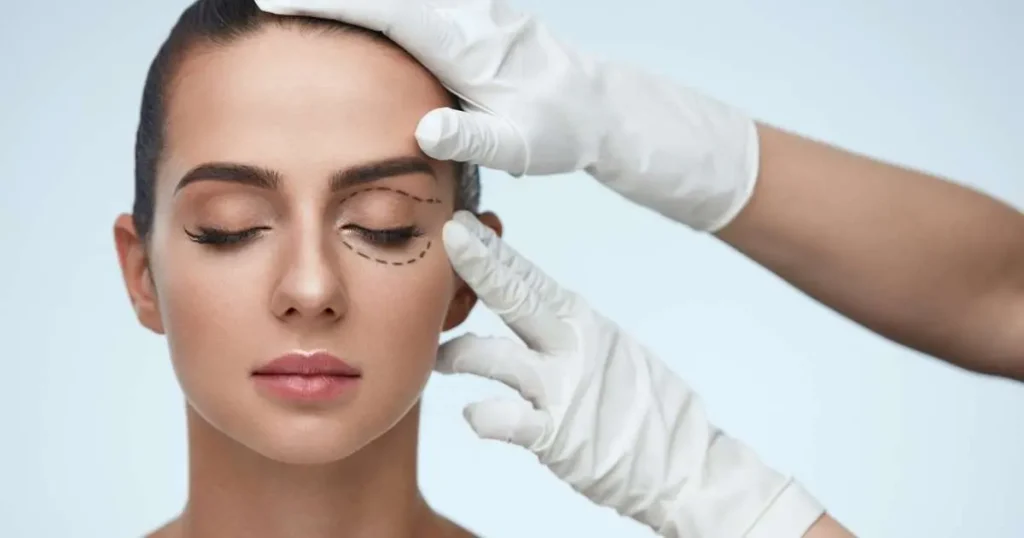
Blepharoplasty is a surgical procedure aimed at enhancing the appearance of the eyelids. It is commonly referred to as an eyelid lift and involves removing excess skin, muscle, and fat from the upper or lower eyelids, or both. The goal of blepharoplasty is to create a more youthful and rejuvenated look by correcting droopy or puffy eyelids. This cosmetic procedure can greatly improve the overall symmetry and balance of the face.
There are several different types of blepharoplasty procedures, each designed to address specific concerns and achieve desired results. One of the most common procedures is upper blepharoplasty, which focuses on rejuvenating the upper eyelids. During this procedure, an incision is made along the natural crease of the eyelid, allowing the surgeon to remove excess skin and fat. The incision is then carefully closed to minimize scarring.
Lower blepharoplasty, on the other hand, targets the lower eyelids and is often performed to eliminate under-eye bags and reduce puffiness. This procedure can be done through an incision just below the lower lash line or from the inside of the eyelid, known as a transconjunctival approach. The choice of technique depends on the individual’s specific needs and the surgeon’s recommendation.
In some cases, patients may require both upper and lower blepharoplasty to achieve optimal results. This comprehensive procedure is known as four-lid blepharoplasty and involves addressing both the upper and lower eyelids simultaneously. By combining both procedures, the surgeon can create a more balanced and youthful appearance to the entire eye area.
- Upper blepharoplast – focuses on rejuvenating the upper eyelids.
- Lower blepharoplasty – targets the lower eyelids to eliminate under-eye bags and reduce puffiness.
- Four-lid blepharoplasty – a comprehensive procedure that addresses both the upper and lower eyelids simultaneously.
| Type of Blepharoplasty | Main Objective |
|---|---|
| Upper eyelid | Rejuvenating the upper eyelids |
| Lower eyelid | Eliminating under-eye bags and reducing puffiness |
| Four-lid eyelid | Addressing both the upper and lower eyelids simultaneously |
It is important to note that each individual’s situation is unique, and the specific type of blepharoplasty recommended may vary. During a consultation with a qualified plastic surgeon, they will evaluate your concerns, assess your anatomy, and discuss the most suitable procedure for you. Their expertise and guidance will ensure that you achieve your desired outcome while prioritizing your safety and well-being.
The Process Of Preparing For A Eyelid
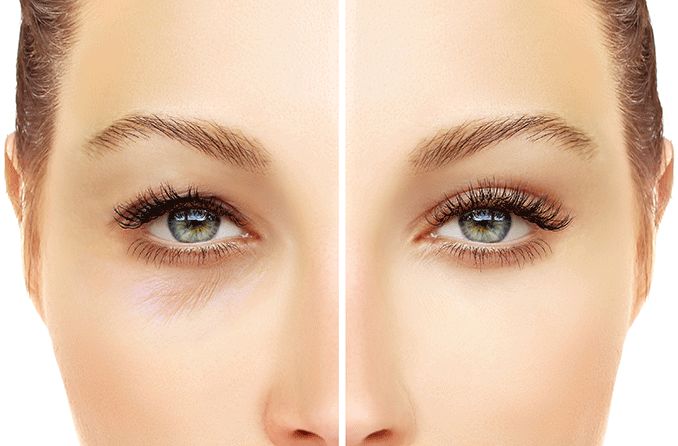
Before undergoing a blepharoplasty procedure, proper preparation is essential to ensure a successful and safe surgery. This preparation process involves various steps and considerations that aim to optimize the outcomes of the surgery and minimize the risks involved.
The first step in preparing for a blepharoplasty is to schedule a consultation with a skilled and experienced plastic surgeon. During this initial meeting, the surgeon will evaluate your condition, discuss your goals and expectations, and determine if you are a suitable candidate for the procedure. You will also have the opportunity to ask any questions and address any concerns you may have about the surgery.
After deciding to proceed with the blepharoplasty, your surgeon will provide you with detailed preoperative instructions. These instructions may include certain lifestyle adjustments, such as avoiding smoking and alcohol consumption for a specific period before the surgery. Additionally, your surgeon may prescribe medications or supplements to be taken or discontinued before the procedure to minimize risks and optimize healing.
Another crucial aspect of preparing for a blepharoplasty is to arrange for a caregiver who can assist you during the recovery period. Since the surgery involves the delicate eye area, it is common to experience some degree of swelling, bruising, and blurry vision in the immediate postoperative period. Having someone to drive you home, assist with daily activities, and monitor your recovery progress can greatly contribute to a smoother healing process.
- Make sure to arrange time off work and other commitments to allow yourself ample time to rest and recover after the surgery.
- Prepare your home environment by making it comfortable and conducive to recovery. This can include setting up a cozy resting area with extra pillows, ensuring easy access to essential items such as eye drops or medications, and stocking up on nutritious food to support healing.
- Follow any additional specific instructions provided by your surgeon regarding fasting before the procedure, avoiding certain medications or skincare products, and taking any prescribed preoperative antibiotics.
| Benefits of Preparing for a eyelid |
|---|
| Proper preparation for a blepharoplasty can significantly enhance the overall surgical experience and results. It allows both the surgeon and the patient to have clear communication and a shared understanding of the goals and expectations. By following the recommended preoperative instructions, complications and risks can be minimized, ensuring a safer surgical procedure. Taking the necessary time to prepare yourself physically, mentally, and emotionally can also contribute to a smoother recovery process, allowing you to heal optimally and achieve the desired aesthetic outcomes. |
What To Expect During And After Blepharoplasty
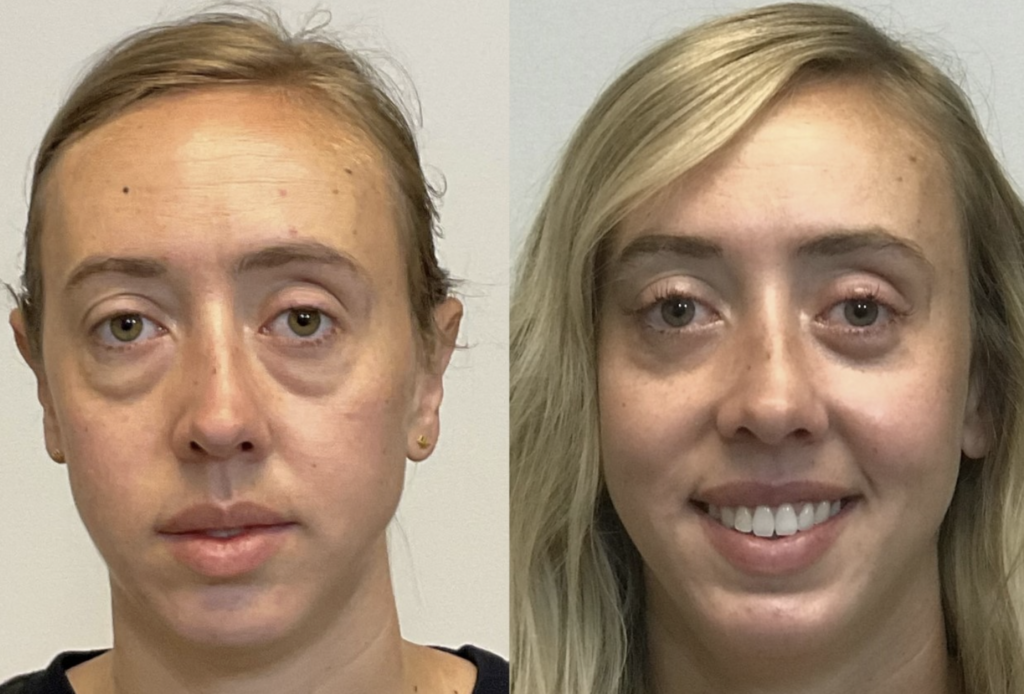
Undergoing blepharoplasty, also known as eyelid surgery, is a decision that many individuals make in order to improve the appearance and function of their eyelids. This cosmetic procedure is commonly performed to correct droopy or sagging eyelids, remove excess skin or fat, and restore a youthful and refreshed appearance to the eyes. Before undergoing blepharoplasty, it is important to have a thorough understanding of what to expect during and after the procedure.
During the eyelid procedure, the surgeon will make careful incisions along the natural lines and creases of the eyelids to minimize visible scarring. The excess skin, muscle, and fat that contribute to the aged or tired appearance of the eyes will be removed or repositioned. The surgeon will work to create a more defined eyelid contour and improve the overall appearance of the eyes. The procedure is typically performed under local anesthesia with sedation, ensuring that the patient is comfortable throughout the process.
After the blepharoplasty procedure, patients may experience mild discomfort, swelling, and bruising around the eyes. It is important to follow the post-operative instructions provided by the surgeon, which may include the use of cold compresses, prescribed medications, and the application of ointments or eye drops. It is common to experience temporary blurred vision, excessive tearing, and sensitivity to light immediately after the surgery, but these symptoms usually subside within a few days.
Potential Risks And Complications Of Blepharoplasty
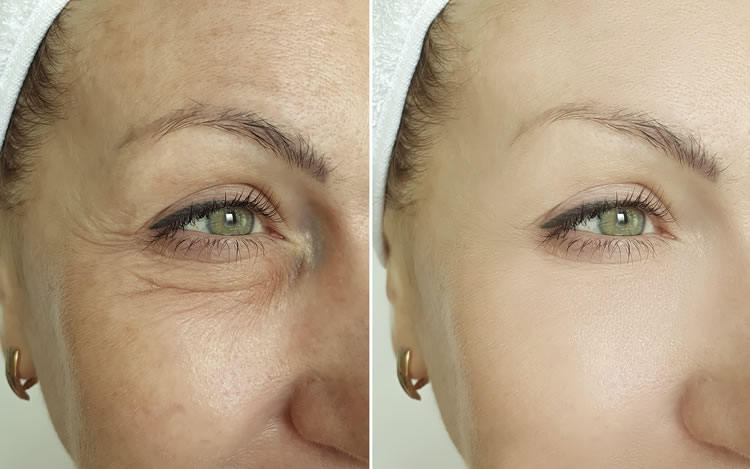
When considering any type of surgical procedure, it is important to be aware of the potential risks and complications that may arise. Blepharoplasty, also known as eyelid surgery, is no exception. While blepharoplasty is generally a safe and effective procedure, there are certain risks and complications that patients should be informed about before making the decision to undergo surgery.
One potential risk of blepharoplasty is infection. Like any surgical procedure, there is always a risk of infection at the incision site. To minimize this risk, it is important to follow your surgeon’s post-operative care instructions, such as keeping the incision site clean and taking any prescribed antibiotics.
Another potential complication of blepharoplasty is scarring. While efforts are made to minimize scarring, it is important to understand that some scarring may still occur. However, in most cases, the scars from eyelid surgery are well-concealed within the natural folds of the eyelid and become less noticeable over time.
In some rare cases, patients may experience dry eyes after blepharoplasty. This can occur if the surgery disrupts the normal production and distribution of tears. Symptoms may include a gritty or burning sensation, excessive tearing, and blurred vision. However, the majority of patients find that any dryness resolves within a few weeks or months after the procedure.
- Bleeding and bruising are common side effects of blepharoplasty. While these are typically temporary and subside within a few weeks, it is important to follow your surgeon’s instructions to minimize the risk of excessive bleeding or bruising. This may include avoiding certain medications that thin the blood, such as aspirin, in the weeks leading up to surgery.
- Anesthesia-related complications, although rare, can occur during blepharoplasty. These may include an allergic reaction to the anesthesia or other adverse reactions. It is important to discuss any allergies or medical conditions with your surgeon prior to surgery so that appropriate precautions can be taken.
| Potential Risks and Complications of Blepharoplasty |
|---|
| Infection |
| Scarring |
| Dry eyes |
| Bleeding and bruising |
| Anesthesia-related complications |
Tips For A Successful Blepharoplasty Recovery
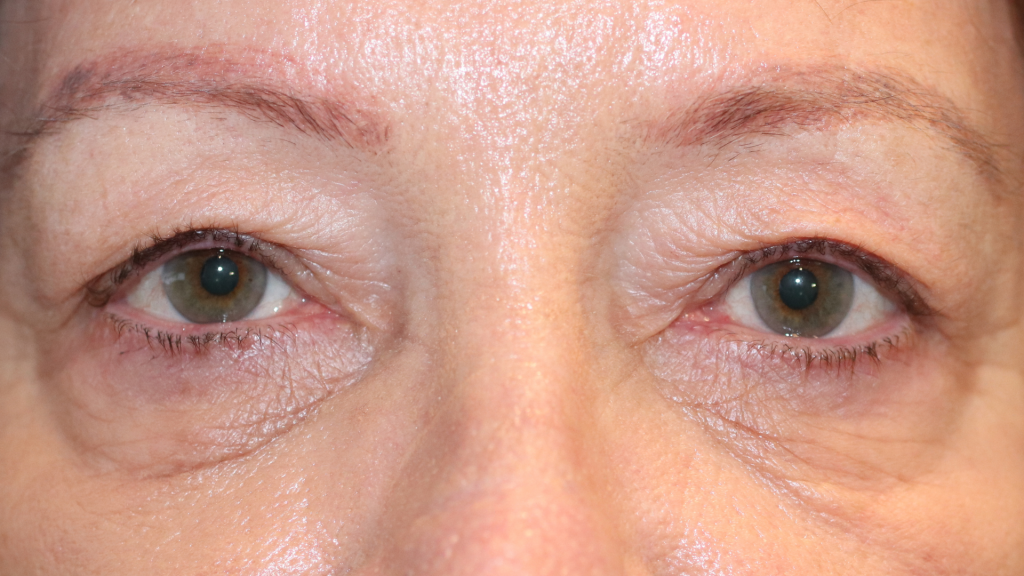
After undergoing blepharoplasty, or eyelid surgery, it is important to take proper care of yourself during the recovery period to ensure the best possible outcome. Recovery from blepharoplasty typically takes a few weeks, during which you may experience some discomfort and swelling. However, there are several tips you can follow to aid in a successful recovery.
1. Follow your surgeon’s post-operative instructions: Your surgeon will provide you with specific instructions on how to care for your eyelids after surgery. It is crucial to follow these instructions carefully to promote healing and minimize the risk of complications. This may include applying ointment, using cold compresses, or taking prescribed medication.
2. Take time off work and limit physical activities: It is essential to give yourself adequate time to rest and recover after blepharoplasty. Plan to take time off work or any strenuous physical activities that could strain your eyes during the initial days or weeks. By allowing yourself enough time to rest, you can help speed up the healing process.
3. Protect your eyes from sun exposure and irritants: During the recovery period, it is crucial to protect your eyes from excessive sunlight or irritants that may hinder the healing process. Wear sunglasses and a hat when going outside to shield your eyes from harmful UV rays. Additionally, avoid using makeup or any products that may irritate your eyes until your surgeon gives you the go-ahead.
Recommended Activities During Recovery
| Activity | When to Resume |
|---|---|
| Reading or watching TV | A few days after surgery |
| Strenuous exercise | 2-3 weeks after surgery |
| Wearing contact lenses | 2-3 weeks after surgery |
| Driving | Once cleared by your surgeon |
Following these tips can help promote a successful recovery after blepharoplasty. Remember to attend all follow-up appointments with your surgeon to monitor your progress and address any concerns you may have. By taking good care of yourself during the recovery period, you can enhance the results of your blepharoplasty and enjoy a more youthful and rejuvenated appearance.
Facelift Surgery ( Rhytidectomy ) Details
Abdominoplasty Surgery Details
